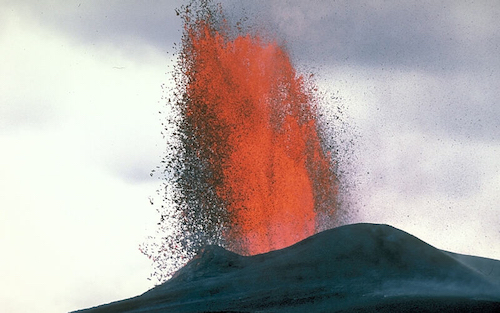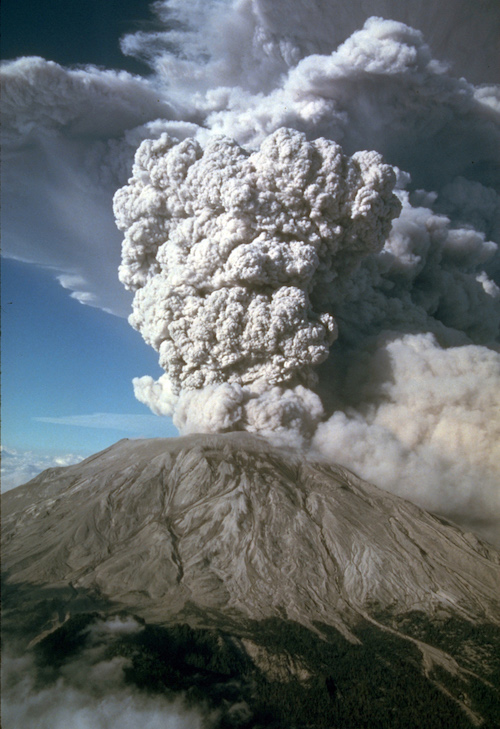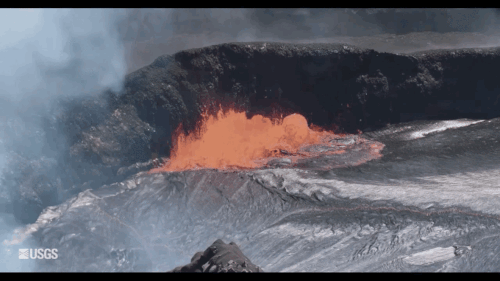https://spaceplace.nasa.gov/volcanoes2/en/
VOLCANO
A volcano is an opening on the surface of a planet or moon that allows material warmer than its surroundings to escape from its interior. When this material escapes, it causes an eruption.

These volcanic areas usually form mountains built from the many layers of rock, ash or other material that collect around them. Volcanoes can be active, dormant, or extinct. Active volcanoes are volcanoes that have had recent eruptions or are expected to have eruptions in the near future. Dormant volcanoes no longer produce eruptions, but might again sometime in the future. Extinct volcanoes will likely never erupt again.


MARS-THE RED PLANET

https://solarsystem.nasa.gov/planets/mars/overview/
OCEAN LIFE
The killer whale or orca (Orcinus orca) is a toothed whale belonging to the oceanic dolphin family, of which it is the largest member. It is recognizable by its black-and-white patterned body. A cosmopolitan species, killer whales can be found in all of the world’s oceans in a variety of marine environments, from Arctic and Antarctic regions to tropical seas; they are absent only from the Baltic and Black seas, and some areas of the Arctic Ocean.

Killer whale – (Orca)
https://en.wikipedia.org/wiki/Killer_whale
The killer whale or orca (Orcinus orca) is a toothed whale belonging to the oceanic dolphin family, of which it is the largest member. It is recognizable by its black-and-white patterned body. A cosmopolitan species, killer whales can be found in all of the world’s oceans in a variety of marine environments, from Arctic and Antarctic regions to tropical seas; they are absent only from the Baltic and Black seas, and some areas of the Arctic Ocean.
Killer whales have a diverse diet, although individual populations often specialize in particular types of prey. Some feed exclusively on fish, while others hunt marine mammals such as seals and other species of dolphin. They have been known to attack baleen whale calves, and even adult whales. Killer whales are apex predators, as they have no natural predators. They are highly social; some populations are composed of very stable matrilineal family groups (pods) which are the most stable of any animal species. Their sophisticated hunting techniques and vocal behaviors, which are often specific to a particular group and passed across generations, have been described as manifestations of animal culture.
The International Union for Conservation of Nature assesses the orca’s conservation status as data deficient because of the likelihood that two or more killer whale types are separate species. Some local populations are considered threatened or endangered due to prey depletion, habitat loss, pollution (by PCBs), capture for marine mammal parks, and conflicts with human fisheries. In late 2005, the southern resident killer whales, which swim in British Columbia and Washington state waters, were placed on the U.S. Endangered Species list. Wild killer whales are not considered a threat to humans, and no fatal attack on humans has ever been documented…